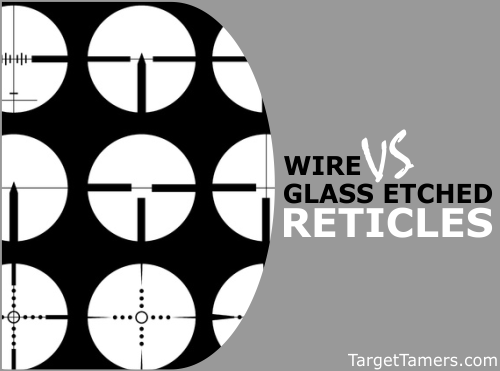
It's difficult for many hunters to come to accept upgrades in technology when it means changing the way they've hunted for a lifetime.
Glass etched reticles are one of those slow-to-accept features that often gets met with skepticism.
Let's dispel the myths and rumors surrounding etched reticles and see how they really stand up against the time-honored wire ones!
Wire Reticles
Would it be news to you that wire reticles didn't actually start off with wire? In fact, once upon a time, human hair was used to create crosshairs as the reticle in the scope.
From what we've heard, red was the most popular, but that's not all. Crosshairs were also made from spider's silk at one time. It was perfect for use back then. It was thin and strong, and it didn't obstruct light that came through the scope. Even the very light silvery colors didn't interfere with practical use because it would appear as black when the natural light would backlight the reticle. Then came the use the of wire.
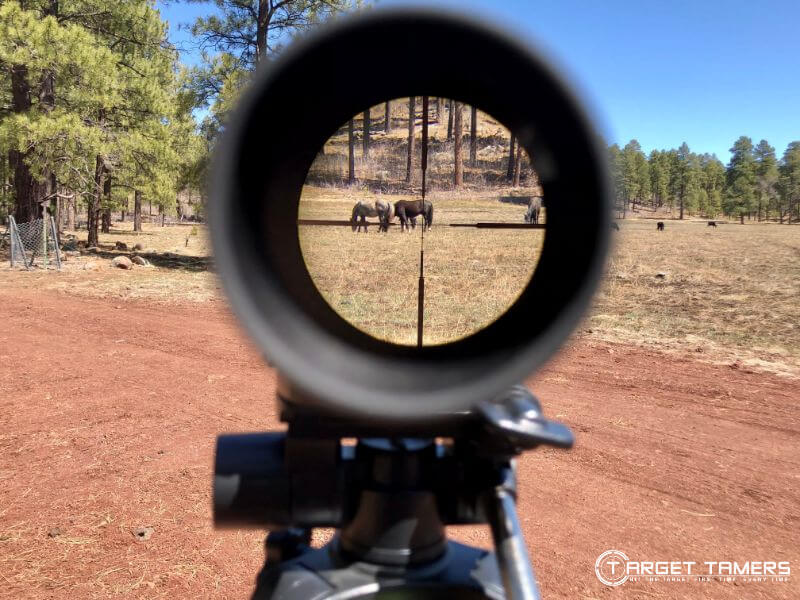
It's simple enough to use because it's strong and durable, can be manipulated to form various thicknesses, and they don't obstruct the incoming transmittance of light.
Today, wire reticles are typically made out of a very fine platinum or tungsten wire. However, the wire crosshairs support themselves and are susceptible to damage through a myriad of ways such as pressure and force from drops, repeated recoil, incorrect mounting, and more.
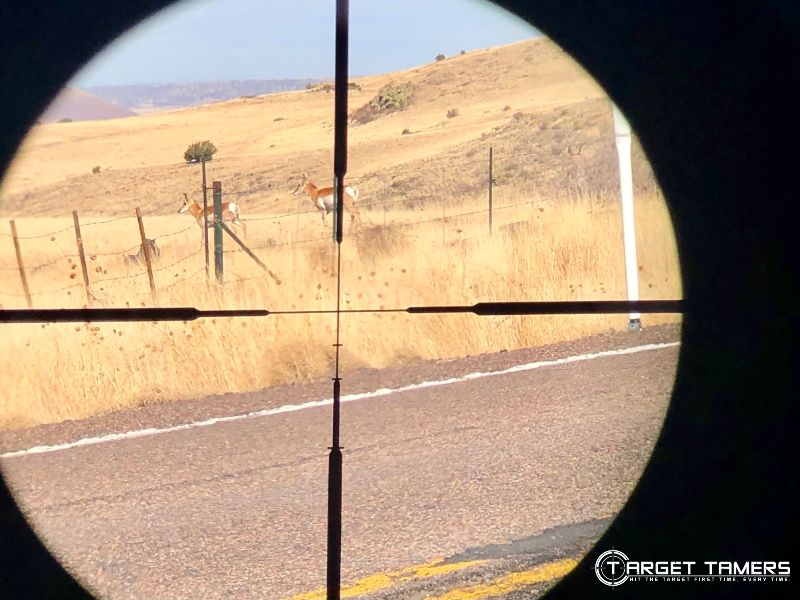
Although they can be strong, there are vigorous and long-time shooters out there who can testify otherwise. They've seen more than their fair share of reticles breaking right in front of their own eyes. Now, we're not bashing wire reticles - they serve their purpose excellently.
But, it does happen: wire reticles can break, fall out of place, and they're restricted in design because wire can only be thinned and flattened in a limited number of ways. The solution to these possible drawbacks? Glass etched reticles.
Glass Etched Reticles
While there are different methods to create a glass etched reticle, one of the popular ways is to have it laser cut into the glass. This is a premium feature that's usually only seen on very high-end optics from brands like Schmidt & Bender, Swarovski, Zeiss, NightForce, and others. This brings us to addressing a popular myth: Glass etched reticles are weak. Now, we have to ask:
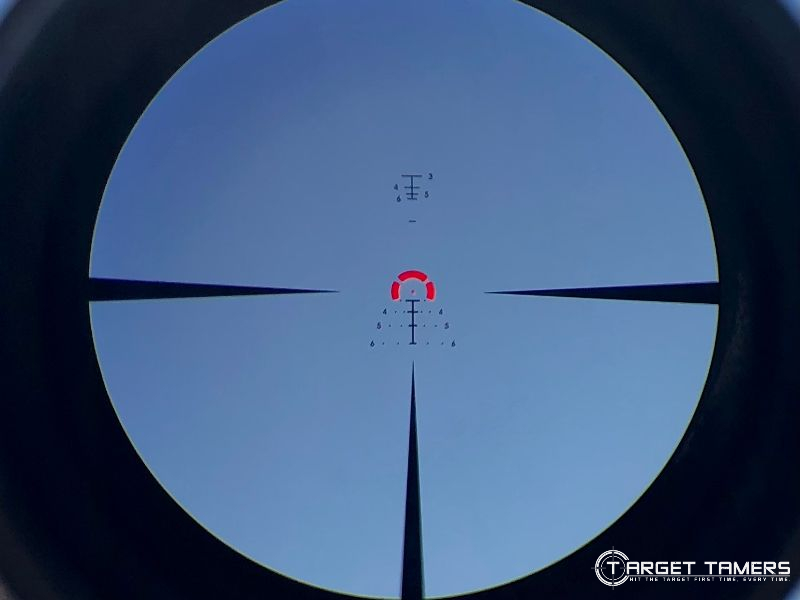
If world-class brands are manufacturing glass etched reticles, how can they have a reputation of being weak?
There's a misunderstanding out there that glass etched reticles are feeble, unreliable, and you can't depend on glass for accuracy. If that's your mindset, you may as well ditch reticles all together and go back to iron sights.
Instead, etched reticles are extremely durable since you can't ruin the reticle unless you destroy the glass itself. Another very thin piece of glass also lays on top of the etched glass to sandwich the etched reticle.
You cannot have a weak glass etched reticle unless you literally wreak the heck out of the glass itself. However, the myth could lie in the trouble it takes to make a glass etched reticle and the additional anodizing process that takes place during manufacturing.

Etched reticles do cost more because engineers need to pay excruciating detail to scope purging, internal lubrication, and the quality of the black anodic used to coat the internal structure of the scope. If any speck of dusk or fleck of anodic comes free during assembly or gets stuck to the laser engraved glass, it's going to ruin the entire scope and glassing experience.
So, there's a lot that goes into making a glass etched reticle, but the benefits far outweigh the efforts. Speaking of benefits. . .
Glass Etched Reticle Benefits
- Practically indestructible
- Laser etched
- Requires no wire components
- Requires more engineering and precision to detail
- Can be more accurate than wire reticles
- Allows for multiple variations of crosshairs
- Allows for complex ballistic reticles
- Allows for floating components of a reticle
- Often comes with the best glass coatings
Glass Etched VS Wire
Both glass etched and wire reticles have their pros and cons. But, there's a reason why world-class brands use glass etched reticles - they're superior. If you plan on keeping your rifle scope as a lifelong purchase, you want to ensure that it has the best and most durable components to endure.
However, wire reticles do keep the costs down and within most hunters' budgets. But, making the most out of your dollar can ultimately come down to the bonding of the glass elements versus the reticle itself. What do we mean by this?
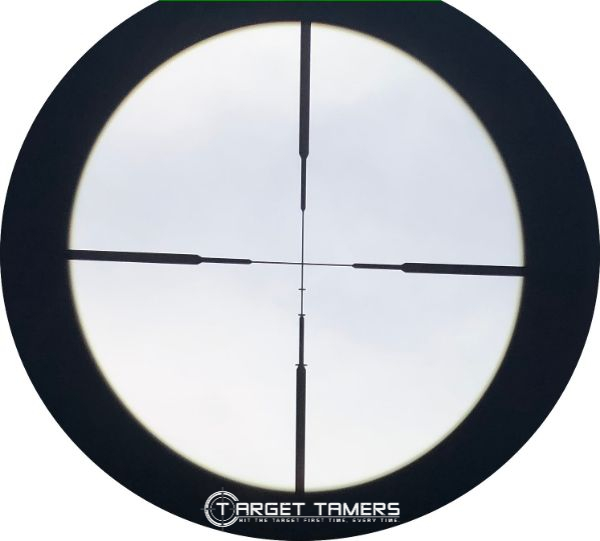
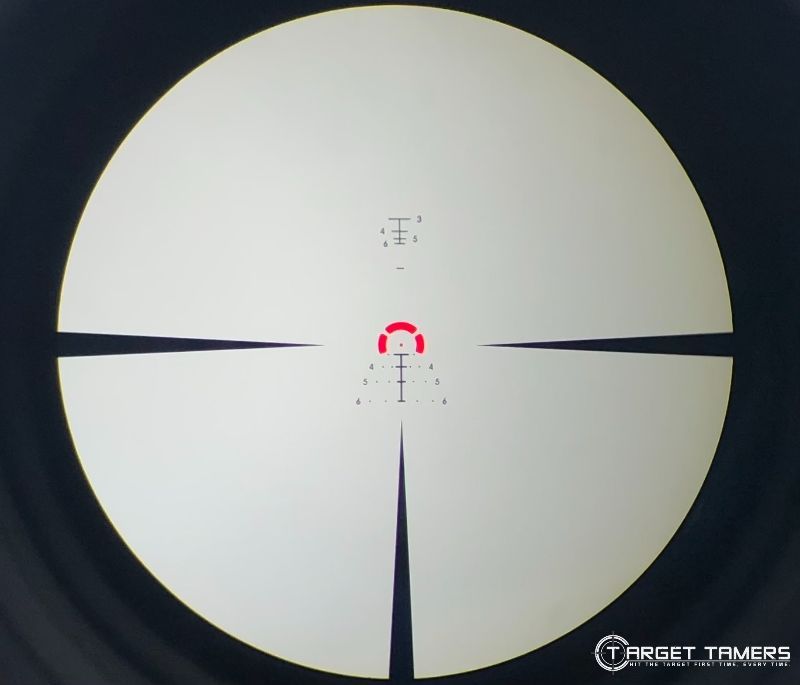
Wire crosshairs can be adjusted via the windage and elevation turrets. The integrity of the reticle comes down to how accurate the turrets are with the dial movements of the crosshairs. With a glass etched reticle, the entire lens seems to shift. The integrity of the reticle is dependent upon how secure the lens system is.
Glass etched reticles can be held in place with a combination of a lock ring, bonding glue, and screws when installed into the rifle scope. This is the typical standard for installation.
Myths Dispelled!
Wire reticles have been around for a long time. They're not bad, they're the standard for today. However, it's no justification to give glass etched reticles a bad rap.
If you want a reticle that can endure as long as the integrity of your lifetime rifle scope can, glass etched may be the only way to go!
Ready to Choose a Reticle? This Article Will Help You Pick the Right One.



